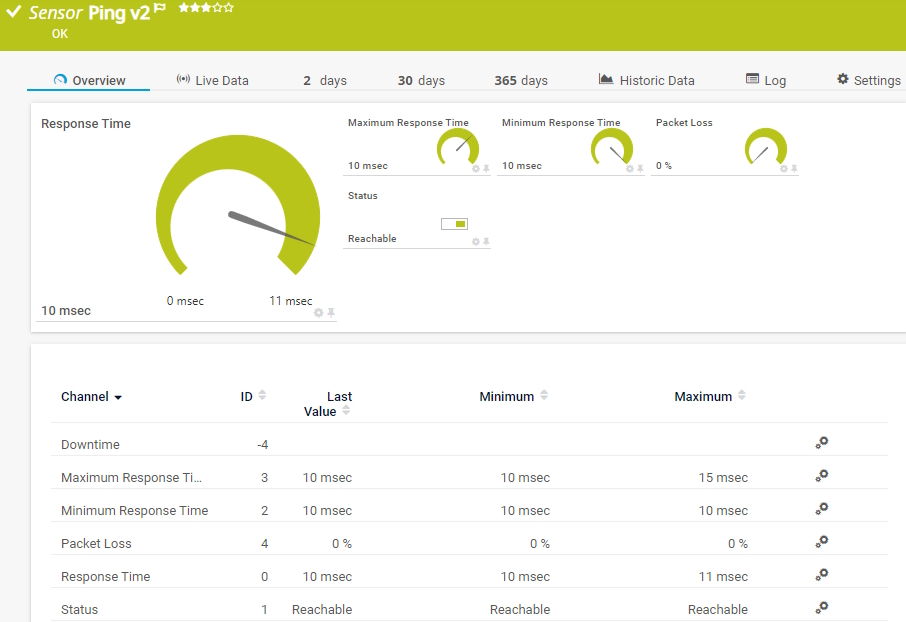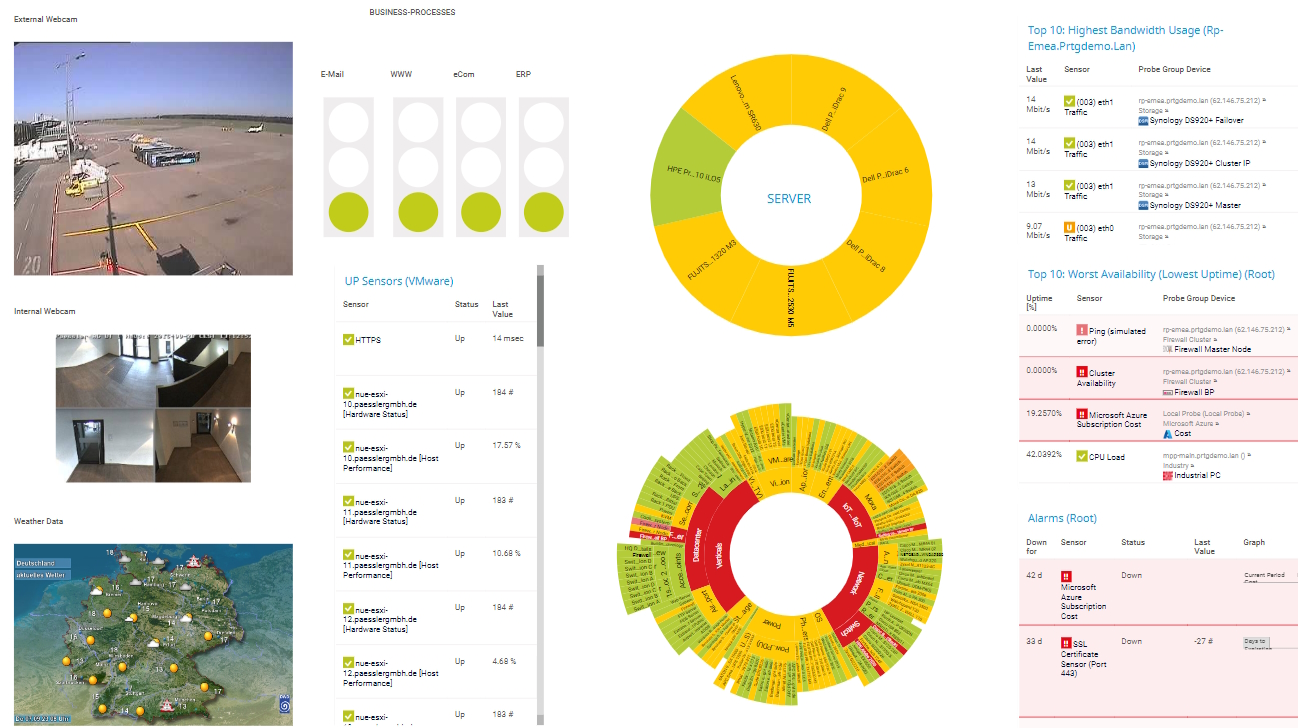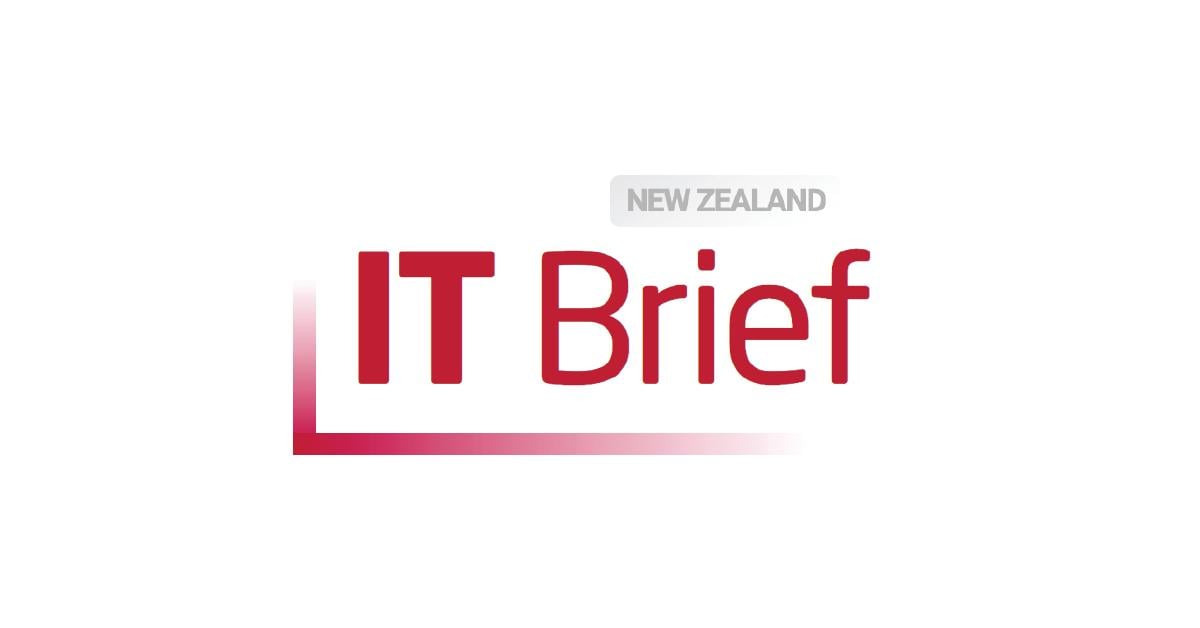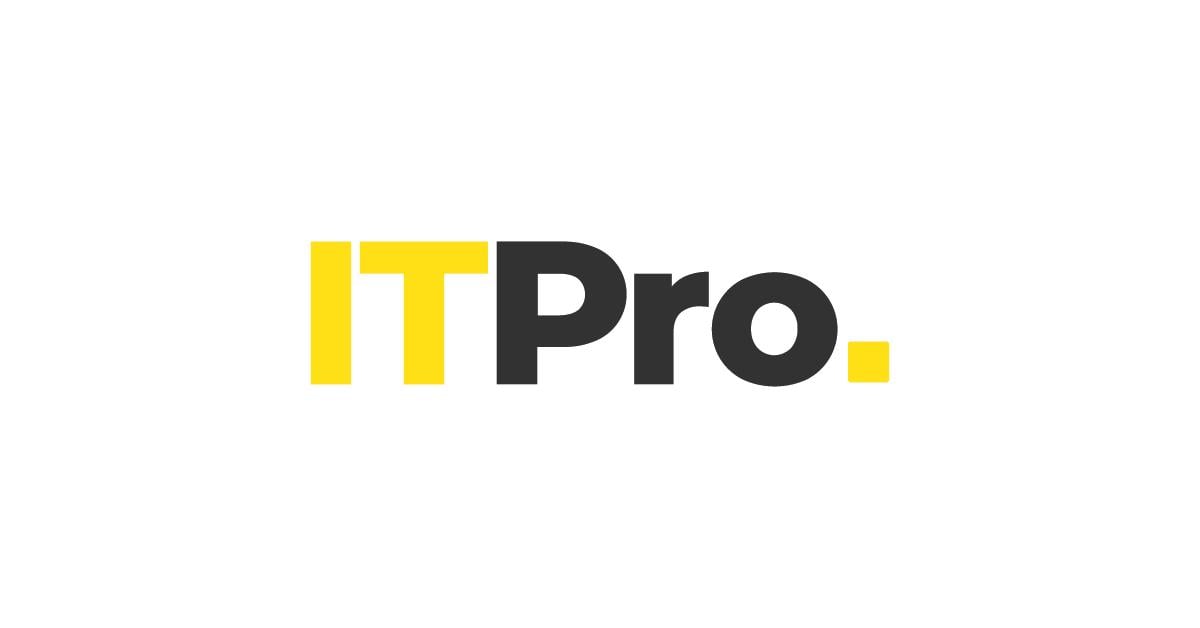Home network monitoring with PRTG
Keep track of your network setup at home – for free
- Comprehensive network monitoring for your entire IT infrastructure at home
- Customizable alerts and notifications via SMS, email, or in-app push notification
- Freeware edition with up to 100 sensors free for life, all features included
PRTG home network monitoring: What you’ll find on this page
PRTG makes home network monitoring as easy as it gets
Custom alerts and data visualization let you quickly identify downtime and prevent real outages.
Keep a constant eye on your home network with PRTG monitoring
Freeware version
Paessler PRTG is the perfect tool for monitoring home networks. For basic monitoring needs, we offer a free version that includes 100 monitoring sensors free for life.
What’s more: you don’t need to compromise regarding modules or features. With PRTG, all alerting, reporting, and network mapping functionality is included.
Wide compatibility
With many preconfigured sensor types, our PRTG home network monitor is a comprehensive network monitoring software that lets you monitor your entire network. PRTG supports ping, SNMP, WMI, NetFlow for Cisco devices, SSH for Linux server monitoring, packet sniffing for network traffic analysis and bandwidth monitoring, and more.
Comprehensive use
You can use the free network monitoring tool to check network activity, and to monitor network devices such as servers, routers, switches, firewalls, or single computers. Check Windows servers or Linux operating systems, monitor SQL databases and virtual environments, track Microsoft 365 apps, and ensure network security by detecting anomalies in real time.
What home network monitoring looks like in PRTG
Diagnose network issues by continuously tracking the status of your hardware, applications, and services in your home infrastructure. Show uptime, CPU usage, hard disk space, battery status, and other key metrics in real time. Visualize monitoring data in clear graphs and dashboards to identify problems more easily. Gain the overview you need to troubleshoot bandwidth bottlenecks and hardware health issues.
Start monitoring your home network with PRTG and see how it can make your network more reliable and your job easier.
PRTG comes in different flavors
PRTG Network Monitor
Our classic PRTG Network Monitor is ideal for small and medium-sized infrastructures with smaller or less complex networks, as well as home networks. You can test it for free for 30 days with an unlimited number of sensors. Afterwards, it reverts to the Freeware Edition with 100 sensors.
PRTG Hosted Monitor
In search of a provider to host your monitoring? If so, then PRTG Hosted Monitor is the solution for you. Take advantage of the full range of PRTG features via cloud. You can test it for free for 10 days. However, PRTG Hosted Monitor does not include a fully free version.
Your home network monitor at a glance – even on the go
Set up PRTG in minutes and use it on almost any mobile device.
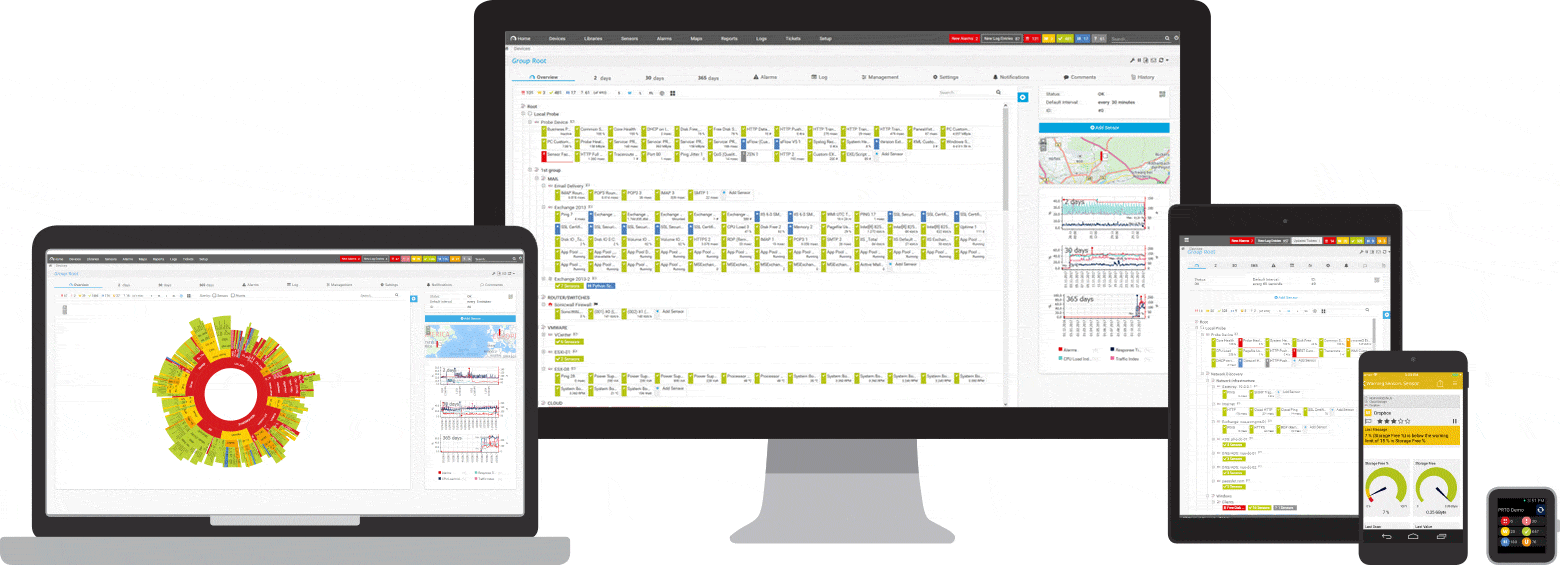

Find the root cause of the problem with our PRTG home network monitoring solution
Real-time notifications mean faster troubleshooting so that you can act before more serious issues occur.
PRTG is compatible with all major vendors, products, and systems
Explore our preconfigured PRTG sensors for home network monitoring
PRTG comes with more than 250 native sensor types for monitoring your entire on-premises, cloud, and hybrid cloud environment out of the box. Check out some examples below!
Create innovative solutions with Paessler’s partners
Partnering with innovative vendors, Paessler unleashes synergies to create
new and additional benefits for joined customers.
“Excellent tool for detailed monitoring. Alarms and notifications work greatly. Equipment addition is straight forward and server initial setup is very easy. ...feel safe to purchase it if you intend to monitor a large networking landscape.”
Infrastructure and Operations Engineer in the Communications Industry, firm size 10B - 30B USD
PRTG makes home network monitoring as easy as it gets
Custom alerts and data visualization let you quickly identify downtime and prevent real outages.

PRTG: The multi-tool for sysadmins
Adapt PRTG individually and dynamically to your needs and rely on a strong API:- HTTP API: Access monitoring data and manipulate monitoring objects via HTTP requests
- Custom sensors: Create your own PRTG sensors for customized monitoring
- Custom notifications: Create your own notifications and send action triggers to external systems
- REST Custom sensor: Monitor almost everything that provides data in XML or JSON format
We asked: would you recommend PRTG?
Over 95% of our customers say yes!
Paessler conducted trials in over 600 IT departments worldwide to tune its network monitoring software closer to the needs of sysadmins.
The result of the survey: over 95% of the participants would recommend PRTG – or already have.
Still not convinced?
More than 500,000
sysadmins love PRTG
Paessler PRTG is used by companies of all sizes. Sysadmins love PRTG because it makes their job a whole lot easier.
Monitor your entire IT infrastructure
Bandwidth, servers, virtual environments, websites, VoIP services – PRTG keeps an eye on your entire network.
Try Paessler PRTG
for free
Everyone has different monitoring needs. That’s why we let you try PRTG for free.
Start monitoring your home network with PRTG and see how it can make your network more reliable and your job easier.
|
PRTG |
Network Monitoring Software - Version 25.1.102.1373 (January 9th, 2025) |
|
Hosting |
Download for Windows and cloud-based version PRTG Hosted Monitor available |
Languages |
English, German, Spanish, French, Portuguese, Dutch, Russian, Japanese, and Simplified Chinese |
Pricing |
Up to 100 sensors for free (Price List) |
Unified Monitoring |
Network devices, bandwidth, servers, applications, virtual environments, remote systems, IoT, and more |
Supported Vendors & Applications |
|


